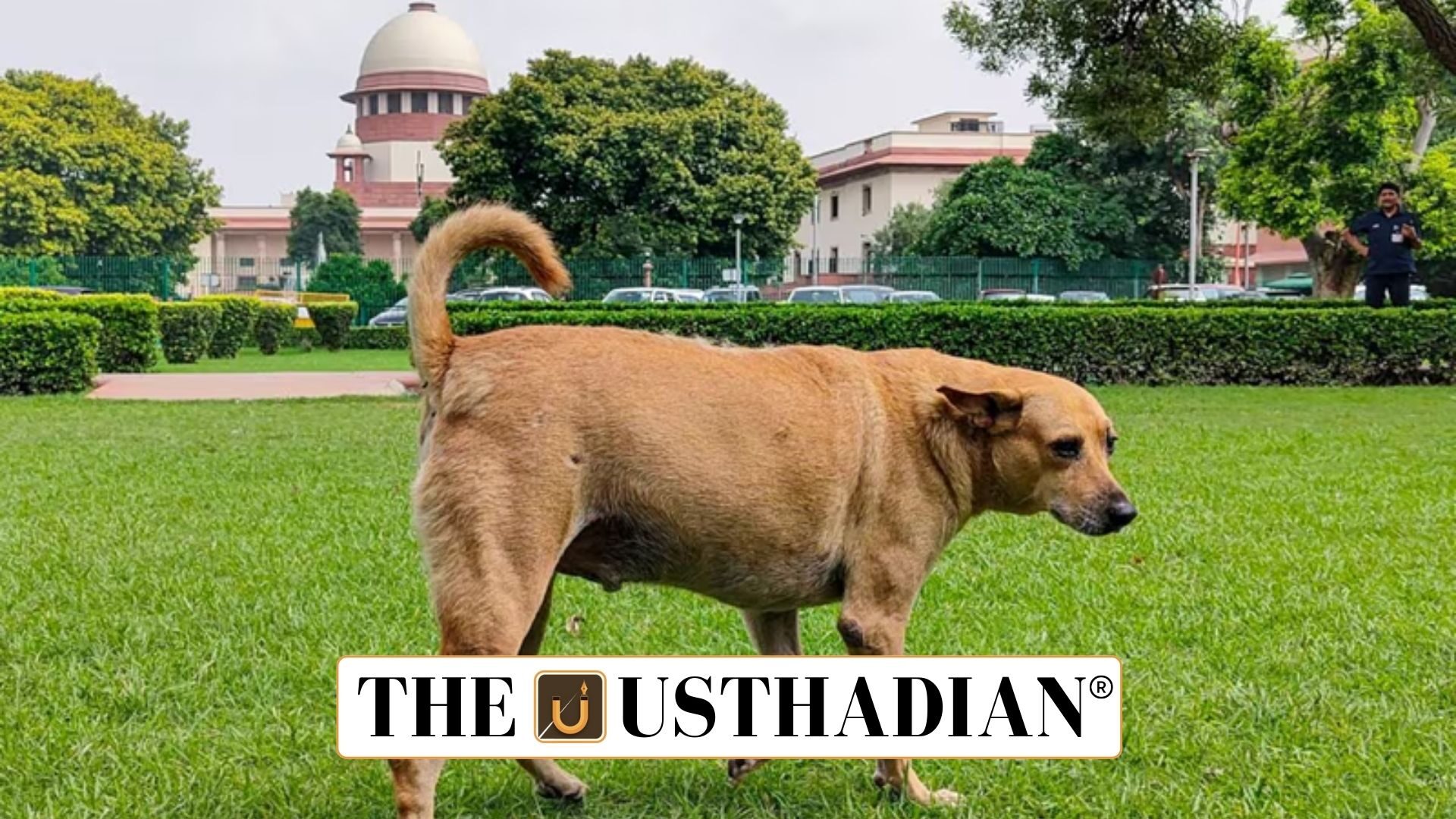Supreme Court’s revised stance
Supreme Court’s Modified Directions on Stray Dogs: The Supreme Court (SC) has modified its earlier order on stray dogs. The previous directive to shift all dogs permanently to shelters has been referred to a larger three-judge bench. The new order balances public safety with animal rights, and directs States and Union Territories to follow uniform guidelines.
Key directives from the Supreme Court
Public feeding of stray dogs in streets and public spaces has been prohibited. Instead, dedicated feeding zones must be created in every municipal ward.
Dogs that are sterilised, vaccinated, and dewormed must be returned to their original pick-up location. However, dogs with rabies, suspected rabies, or aggressive behaviour are exempt from release.
Static GK fact: Article 243W of the Constitution mandates municipalities to handle stray dog control as part of their functions.
Adoption of stray dogs
The SC has allowed animal lovers to apply for adoption through municipal bodies. This measure promotes community participation in addressing the stray dog issue.
Need for a national policy
The SC has consolidated stray dog cases from various High Courts into one national case. A comprehensive national policy is expected to address the issue uniformly across States and Union Territories.
Static GK fact: India’s stray dog population was around 1.5 crore according to the 2019 livestock census.
Public safety concerns
Aggressive and rabid dogs have led to increasing attacks on citizens, raising public safety concerns. India accounts for 36% of global rabies deaths, with dog bites and scratches responsible for 99% of human rabies cases.
Static GK Tip: Rabies is a zoonotic viral disease that is almost 100% fatal once symptoms appear.
Constitutional and legal provisions
Under Article 51A(g), citizens have a fundamental duty to show compassion towards all living creatures. The Prevention of Cruelty to Animals Act, 1960 and the Animal Birth Control Rules, 2023 provide the legal framework for sterilisation and vaccination of stray dogs.
The judiciary has also upheld animal rights. In the Jallikattu Case (2014), the SC interpreted Article 21 (Right to Life and Liberty) to extend to animals. In the People for Elimination of Stray Trouble v. Animal Welfare Board of India, the killing of street dogs was suspended, even for those considered “troublesome.”
The way forward
The SC’s modified order attempts to strike a balance between public health concerns and animal welfare principles. With the upcoming national policy, India is expected to move towards a humane yet effective strategy in dealing with the stray dog crisis.
Static Usthadian Current Affairs Table
Supreme Court’s Modified Directions on Stray Dogs:
| Topic | Detail |
| SC order | Modified directions on stray dog management referred to three-judge bench |
| Public feeding | Prohibited in streets and public places |
| Feeding spaces | To be created in each municipal ward |
| Relocation | Sterilised and vaccinated dogs to be returned to original location |
| Rabies policy | Dogs with rabies or aggression not released back |
| Adoption | Animal lovers may adopt through municipal bodies |
| Stray dog population | 1.5 crore (2019 livestock census) |
| Rabies statistics | India contributes 36% of global rabies deaths |
| Legal framework | Prevention of Cruelty to Animals Act, 1960; ABC Rules, 2023 |
| Court judgments | Jallikattu case 2014, People for Elimination of Stray Trouble case |








